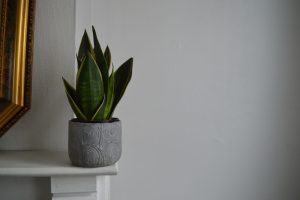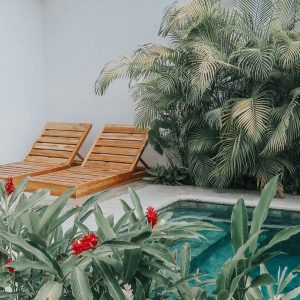Sprouting in cities worldwide, urban farms are adding some welcome green to the drab grey of crowded cities. They are reconnecting city dwellers with nature. They are educating consumers about homegrown food.
The new methods being developed for urban farming are great for gardeners looking to be more efficient with their use of space. But they usually involve exploiting outdoor spaces like yards, sunny balconies, and rooftops.
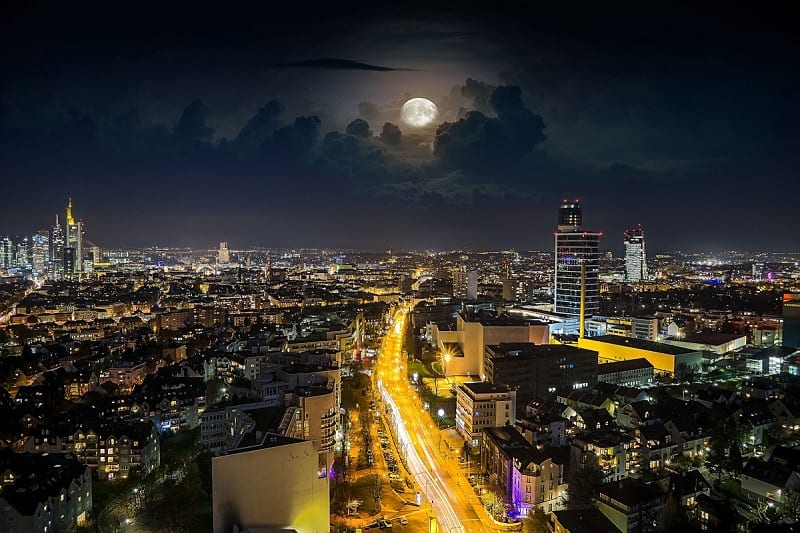
Gardening With No Outdoor Space
Contents
These space-saving strategies don’t apply to the needs of the aspiring green thumb who has no access to a yard, a balcony – or even a rooftop. But luckily, even the most cramped urban living spaces can produce delicious fresh food – with no outdoor space at all!
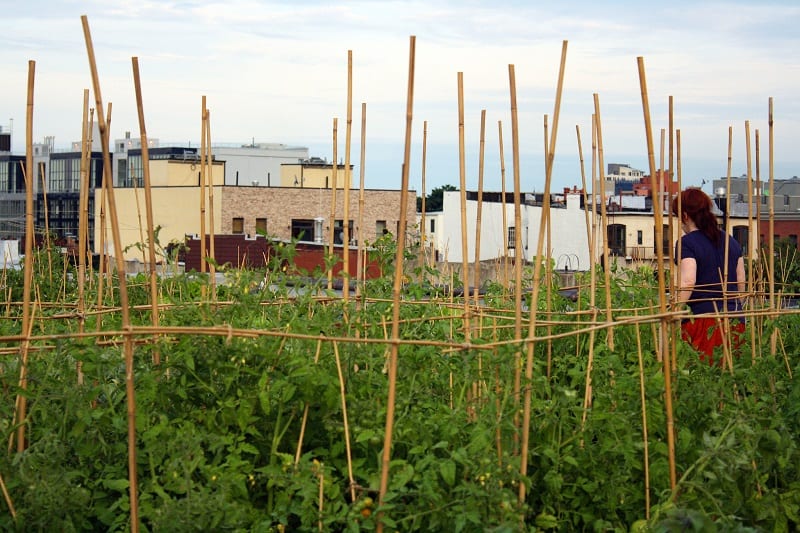
Here are a few ways you can grow food without outdoor space.
Hang in there.
If you’re short on floor space, just look up and you’ll find room to grow. You can utilize ceilings for hanging planters. Install hooks on your ceiling to hang potted plants. Hanging planters are decorative, functional, and productive.
Now you don’t have to look around your garden, you look up!

Use windowsills and sunny spots.
By employing suitable container gardening techniques, you can turn your urban abode into a lush, verdant paradise. You can arrange your containers on a stoop, a sunlit corner of your home, or a windowsill.
Be careful, though. The glass panes on a window can magnify sunlight and concentrate the heat a plant receives. This can dry out your plants. Remember to reposition your containers as needed.
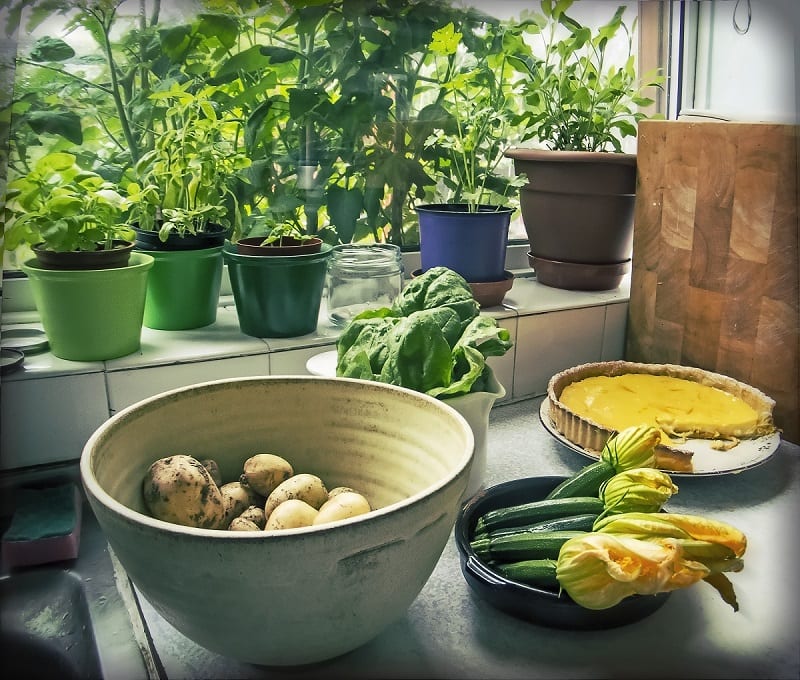
(Photo: Donna Trethewey/Flickr)
Grow up, will you?
For even more efficient use of limited space, vertical gardening is essential. From stakes and trellises to stacked pots and wall hanging planters, there are dozens of creative ways to grow a vertical garden. (In fact, we’ve suggested a few DIY vertical gardening design ideas on this site!)
This particular strategy offers an added bonus. Vines and creeper plants create a beautiful look even as they enhance your home’s privacy and shade!
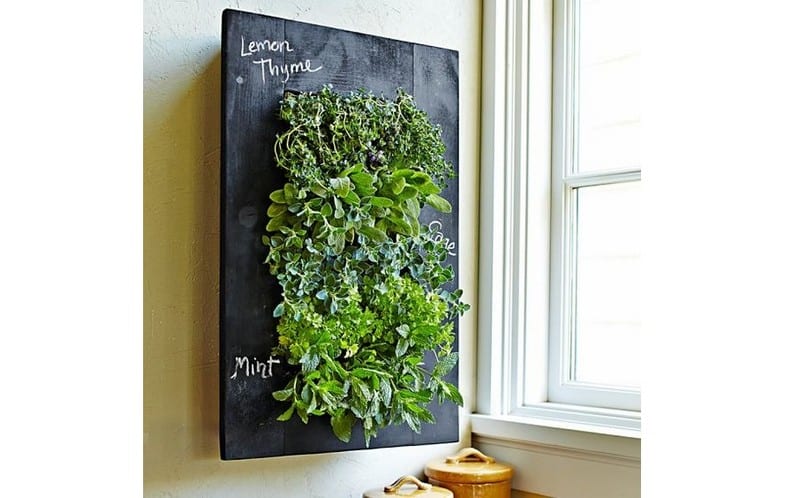
You can put it where the sun don’t shine, buddy.
Most vegetables require a minimum of six hours of sunlight per day. If your urban home does not receive that much natural light, you can always choose vegetables that thrive on less. In fact, you can grow food crops in corners that get as little as two hours of sunlight a day!
Violets are beautiful in a container and in a salad. Swiss chard, kale, and lemon balm grow well in partial shade. The same goes for endive, escarole, garlic, cabbage, celery, and horseradish, among still many others.

Let there be light!
If you simply can’t do without sun-loving homegrown tomatoes, you can look to grow lights. You can use these artificial lights to grow nearly anything indoors, according to Meredith Cherry of Grow Organic.
There are a wide variety of lights available for this purpose. Your selection will depend on the dimensions of your plants and their containers.
Grow lights are better for your indoor plants’ health than standard light bulbs. They emit the full spectrum of sunlight that your plants require to flourish and thrive.

There’s always room to grow.
Knowing how to start can sometimes be the most baffling aspect of starting a garden in a cramped, sunless space. The strategies we’ve outlined above should allow you an idea as to the tried-and-tested strategies.
As always, it’s best to consider starting small – a handful of plants will do for an initial experiment.
Starting a garden – indoors or outdoors – isn’t always easy. Unless you’re fortunate enough to be surrounded by experienced gardeners, maintaining a healthy, flourishing garden may at times seem downright impossible.
Don’t be discouraged if you fail the first time around. Keep trying. Once you’ve grown a few plants, you can branch out toward a larger crop.
Your little garden without a yard may require a bit of time and investment, but it’s well worth the effort and outlay.


